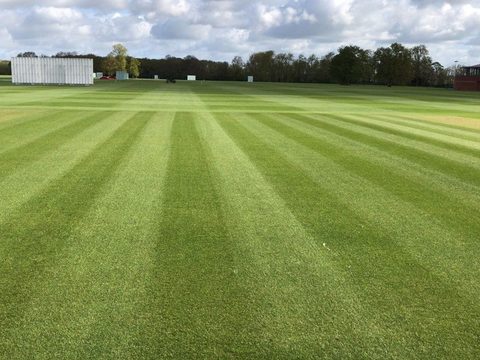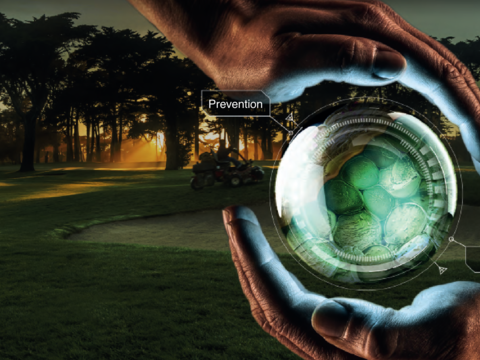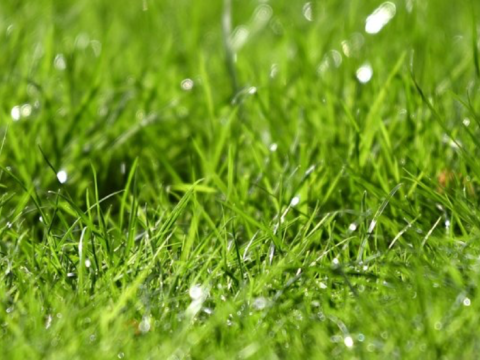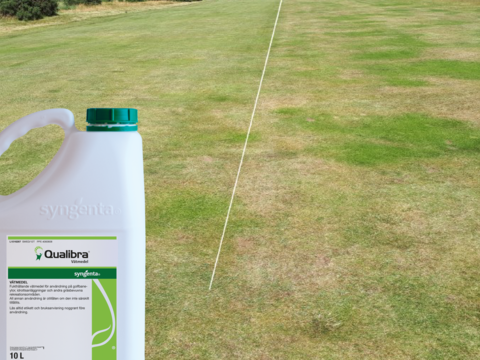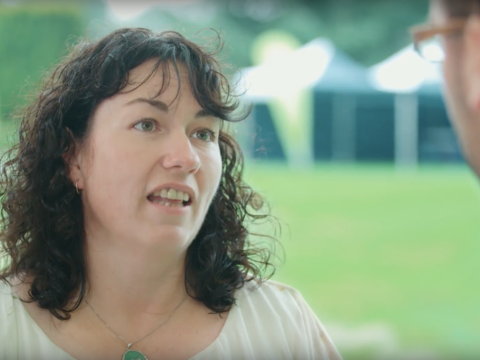Greencast Sweden - Spring clean for fast green recovery

Innovative new spring turf management techniques could help to get greens back in play faster and with improved playing surface quality from the start. Syngenta Turf Nordics Business Manager, Lars Tveter, reports that improved overwinter disease control and better turf survival means greenkeepers in Sweden can have better surfaces to work with in the spring.
"With better plant survival greenkeepers now have something worthwhile to work with in the spring. However, key factors that limit the speed of recovery from overwintered turf include disease infection from pathogens that have built up over the winter and a lack of available nutrition appropriate to kick start growth; both of which need to be addressed," he said.
In the past, most golf courses in Sweden accepted high levels of turf loss over the winter - as a result of extreme cold on weak plants and aggressive infections of Snow Mould (Microdochium/Fusarium) disease. Historically they have relied heavily on over seeding and waiting for spring growth to restore playing surfaces.
More recently, the combined effects of Primo Maxx use over the growing season to significantly build-up root and leaf reserves - which creates stronger plants better able to withstand winter conditions - along with the introduction of the highly effective winter fungicide, Medallion TL, has proven to give long-lasting disease protection under the snow.
"There is now real potential to have good levels of turf survival on greens, which can be effectively nurtured to create better playing conditions. However, in the spring when surface conditions are often moist, disease infection that has built up over the winter can quickly hit weakened turf plants," warned Mr Tveter.
"At this stage, the cool-weather systemic, Banner Maxx, is the best option to get fast uptake and rapid movement within the plant. The systemic active also continues to move up with new growth and replenishes protection through the early weeks of recovery."
Lars Tveter added that the effects of spring Microdochium (Fusarium) Patch infection can be severe for turf plants with limited reserves and growing conditions still restricted by cool nights and short days. Disease infection can also be especially damaging for establishing new seedlings.
"Turf plants need to be protected from early spring disease infection. When soil temperatures reach 7°C or more and turf is beginning to grow, the advice is to switch to the systemic fungicide action of Banner Maxx that can quickly get into the plant and move with new growth."
To further enhance this recovery and get turf plants growing strongly, he advocated it is essential to provide appropriate nutrition that can be readily taken and utilised to promote tillering and establish denser turf cover.
Mr Tveter recommended the use of true foliar feeds designed for rapid and efficient uptake of nutrients, such as Solar Fe, with added iron that has been and includes high potassium to build cell wall strength, or Solar N with two nitrogen sources to aide balanced turf growth.
"As weather conditions improve and growth speeds up, the pressure from disease infection should reduce and turf plants may be able to tolerate or outgrow low levels of infection without further fungicide treatments," he said. "If conditions turn conducive to disease or plants are stressed and become susceptible to infection, however, further applications could maintain turf health and avoid damage to playing surfaces."
Key tips for spring turf recovery
- Keep surfaces as dry as possible and encourage air-flow
- Reduce cutting height steadily as turf growth increases
- Use cool weather systemic Banner Maxx to protect from disease
- Feed with fast uptake liquid fertiliser programme

